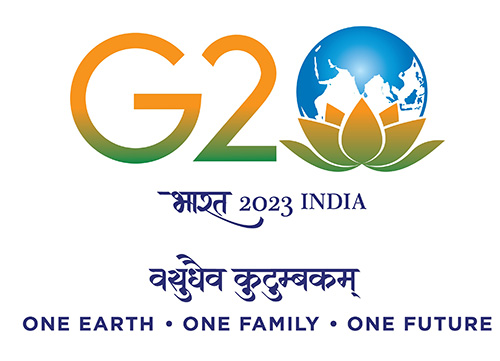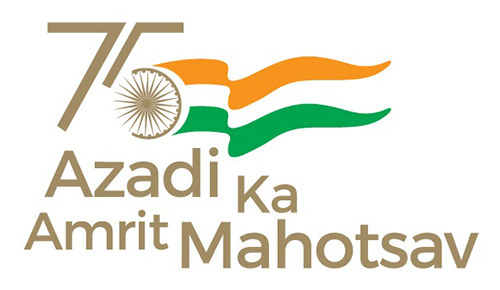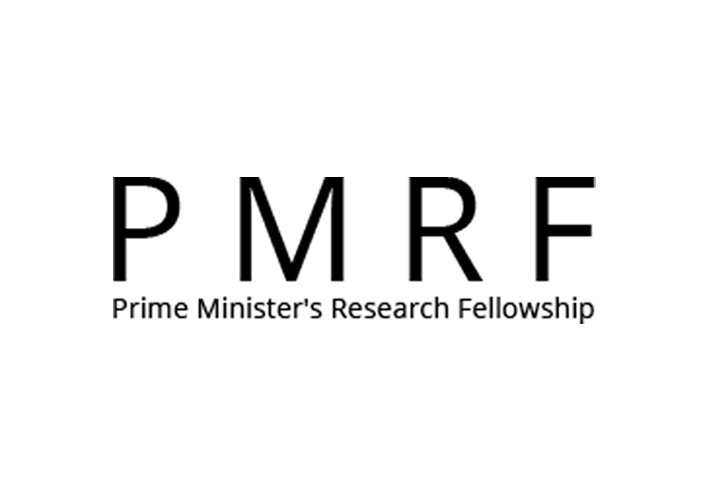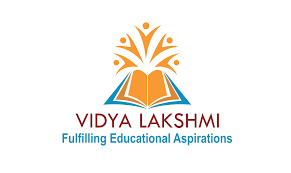Monika Gupta

Monika Gupta
Assistant ProfessorBiography
Dr. Monika Gupta completed her B.Sc. and M.Sc. from the University of Delhi. She earned her Ph.D. in 2018 from IISER Mohali, where she worked under the mentorship of Prof. Santanu Kumar Pal on the development of novel discotic liquid crystals for optoelectronic applications. She subsequently pursued postdoctoral research at The University of Tokyo (2018–2020) and the Institute for Basic Sciences, Seoul (2020–2021). In 2021, Dr. Gupta was awarded the prestigious Ramanujan Fellowship and worked at IIT Ropar until February 2025. Currently, she is an Assistant Professor at IIT Jodhpur, where her research focuses on organic functional materials, with a particular emphasis on visible light-responsive liquid crystals for applications such as solar thermal fuels. Dr. Gupta has been recognized with several accolades, including the IUCr Young Scientist Award (2016), the SERB-ITS Grant (2016 and 2024), the WISER Grant (2023), and the JLCS Award (2023). Her work continues to contribute significantly to the advancement of multifunctional materials for both scientific exploration and industrial innovation.
Research
Her current research primarily focuses on the molecular design and synthesis of functional organic materials, strategically integrating visible-light-responsive photoswitches into liquid crystalline (LC) architectures to optimize solar energy utilization, bypassing the limitations of low UV irradiance. Synthesized compounds are systematically characterized to elucidate structure-property relationships.
The current central research objectives encompass:
- Enhancing solar-thermal energy conversion efficiency by optimizing photoisomerization kinetics and maximizing the population of metastable isomers;
- Extending the half-life of these metastable states to improve energy storage duration;
- Achieving controlled and efficient heat release through manipulation of LC mesophases and dopant concentrations; and
- Expanding the operational temperature range of STFs to include sub-zero environments.













